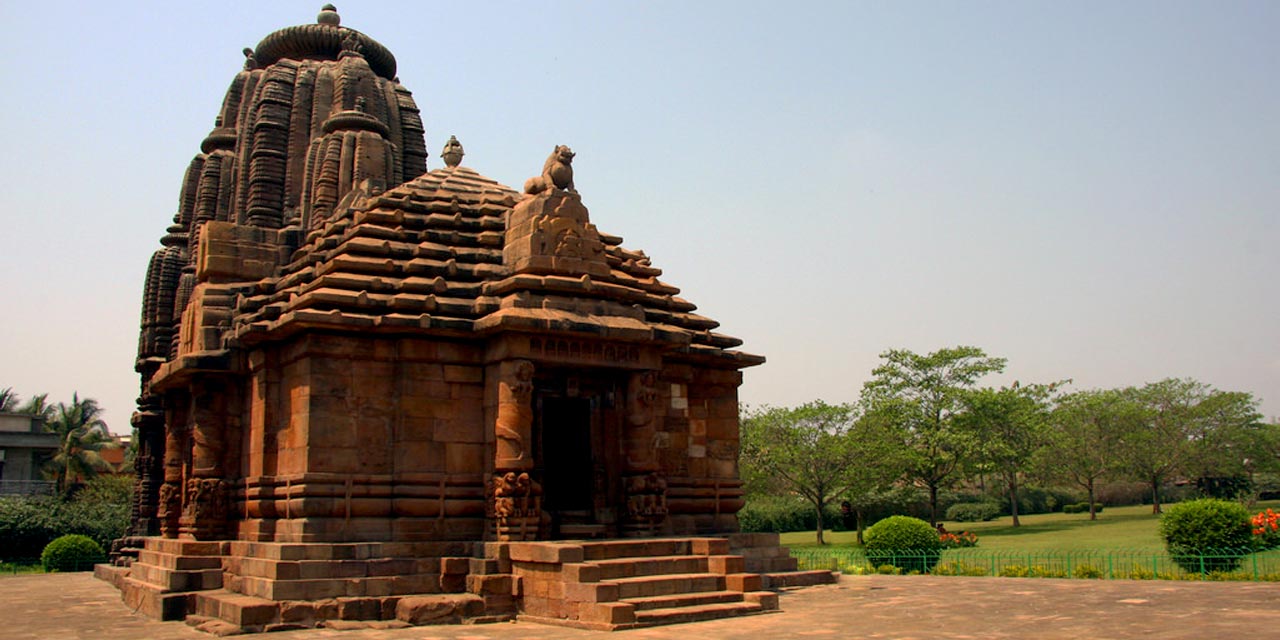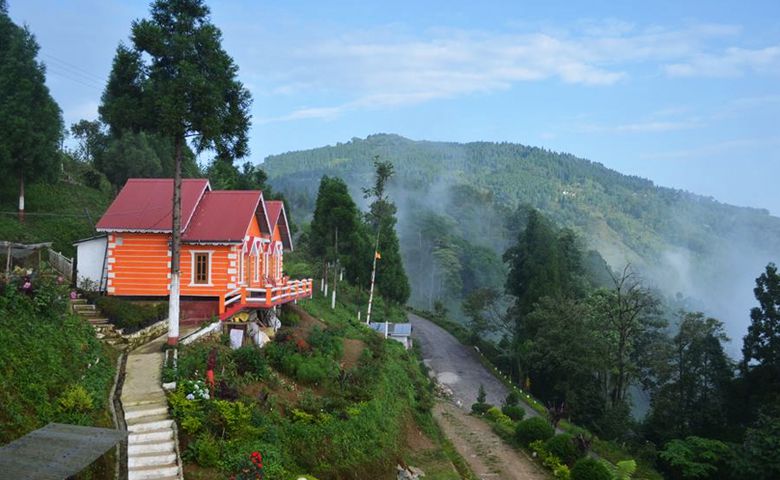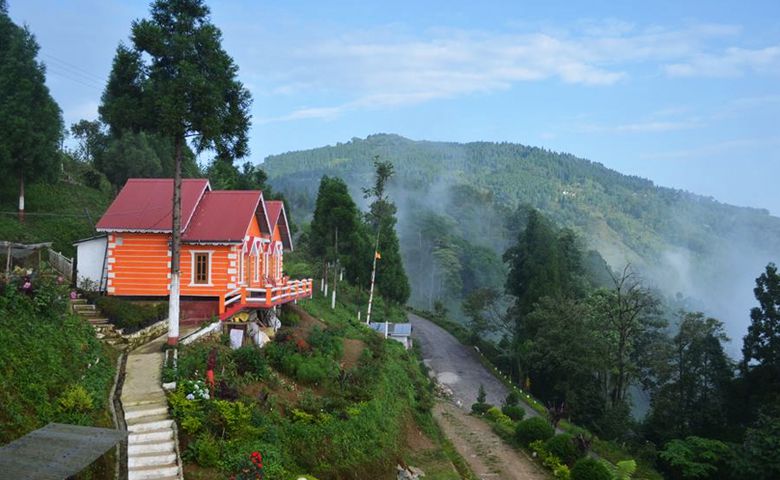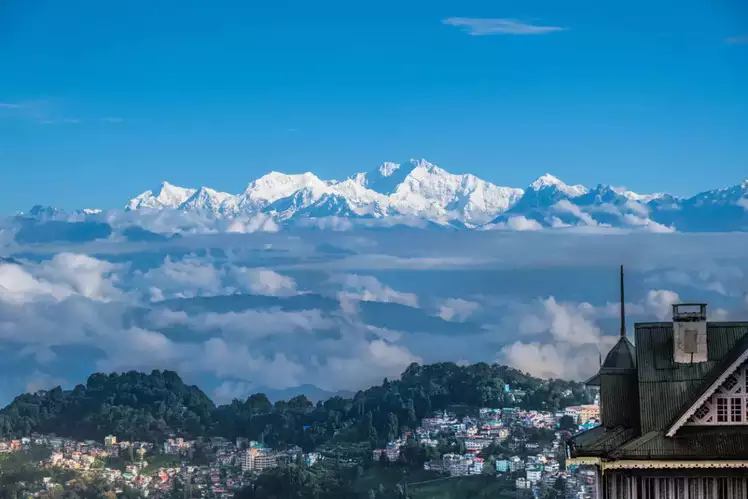The Best Time to Visit Mussoorie: A Comprehensive Guide
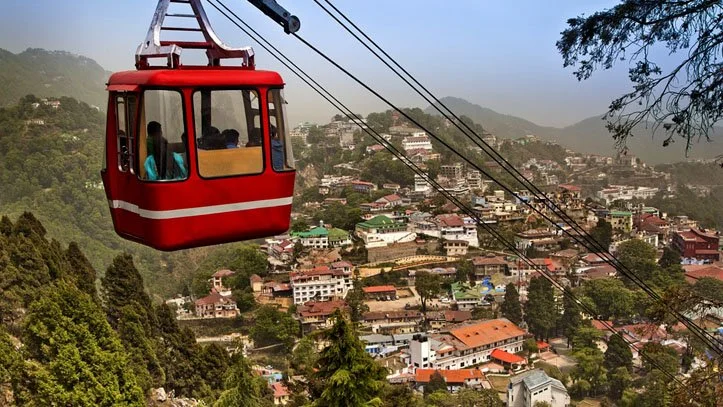
Located in the foothills of the Himalayas, Mussoorie is often referred to as the "Queen of the Hills." With its stunning vistas, lush green landscapes, and pleasant climate, it’s a popular destination for tourists seeking both adventure and tranquillity. However, to make the most of your visit, it's crucial to know the best time to explore this charming hill station. In this article, we will delve into the various seasons and highlight why certain months are more favourable for a visit.
Overview of Mussoorie's Climate
Mussoorie experiences a temperate climate, with four distinct seasons: winter, spring, summer, and autumn. Each season offers a unique experience, making Mussoorie an all-year-round destination. However, the best time to visit Mussoorie often hinges on what kind of experience you seek—be it pleasant weather, lush greenery, or snowy landscapes.
Spring (March to April)
Spring is one of the best time to visit Mussoorie. As winter fades, the weather transitions to a pleasant temperature, averaging between 10°C to 20°C. The blooming flowers and lush greenery create a picturesque landscape, making it ideal for nature lovers and photographers.
In March and April, tourists can enjoy several outdoor activities like trekking, hiking, and exploring local attractions such as Kempty Falls and Gun Hill. The clear skies and mild temperatures make this season perfect for sightseeing, and the crowds are still manageable before the peak summer tourist influx.
Summer (May to June)
Summer is another popular time to visit Mussoorie, particularly for those looking to escape the sweltering heat of the plains. From May to June, temperatures in Mussoorie range from 15°C to 25°C, making it a refreshing getaway.
The summer months attract a large number of tourists, so be prepared for bustling streets and crowded attractions. However, the vibrant atmosphere and numerous summer festivals, such as the Summer Festival in June, add to the charm. It’s an excellent time for families, as children can enjoy various outdoor activities and events. Just remember to book accommodations well in advance to avoid last-minute hassles.
Monsoon (July to September)
While the monsoon season brings a refreshing change to Mussoorie, it’s also a time to exercise caution. The rains start in July and can continue until September, resulting in cooler temperatures, generally ranging from 10°C to 20°C. The lush greenery and misty landscapes during this period are undeniably beautiful; however, heavy rainfall can lead to landslides and roadblocks.
If you are a nature enthusiast who enjoys solitude and doesn’t mind the occasional rain, visiting Mussoorie during the monsoon can be a serene experience. The hills are less crowded, and you can enjoy a peaceful retreat, but it’s essential to stay updated on weather conditions and travel advisories.
Autumn (October to November)
Autumn is yet another great time to visit Mussoorie. From late September to November, the weather becomes increasingly pleasant, with temperatures ranging from 5°C to 20°C. The clear skies, vibrant fall colours, and crisp mountain air create an idyllic backdrop for outdoor activities.
October marks the onset of the tourist season again, making it a great time for trekking, sightseeing, and enjoying the local culture. Festivals like Dussehra and Diwali during this time add a festive flair to the atmosphere. Additionally, the views from various viewpoints like Camel's Back Road and Lal Tibba are absolutely breathtaking, making autumn one of the best times for photography.
Winter (December to February)
If you are a fan of snow, winter is undoubtedly the best time to visit Mussoorie. The months of December through February witness temperatures dropping to as low as 0°C, and snowfall is not uncommon. The sight of snow-covered hills transforms Mussoorie into a winter wonderland, perfect for snow activities like snowboarding and skiing.
While the cold may deter some travellers, those who embrace it can enjoy the serene beauty of a winter visit. The crowds are fewer during this season, allowing for a more intimate experience with nature. However, it's vital to dress warmly and be prepared for chilly conditions.
Conclusion
In summary, the best time to visit Mussoorie ultimately depends on your preferences and what kind of experience you seek.
Spring (March to April) offers pleasant weather and beautiful blooms, ideal for outdoor activities.
Summer (May to June) is perfect for escaping the heat, although it can be crowded.
Monsoon (July to September) provides a tranquil experience for those who love the rains, but caution is advised due to potential landslides.
Autumn (October to November) combines mild weather with stunning fall foliage, making it great for photography and outdoor adventures.
Winter (December to February) is the go-to for snow lovers and those seeking a peaceful, less crowded atmosphere.
Regardless of when you choose to visit, Mussoorie's natural beauty, vibrant culture, and numerous activities will leave you with unforgettable memories. Each season has its own charm, ensuring that there's something special waiting for you in this enchanting hill station. So pack your bags and get ready to experience the magic of Mussoorie!
Note: IndiBlogHub features both user-submitted and editorial content. We do not verify third-party contributions. Read our Disclaimer and Privacy Policyfor details.



